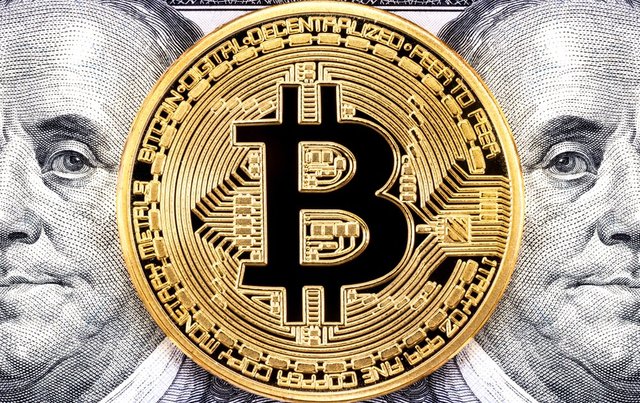What Do Bitcoin Addresses, Starbucks and Lightning Network All Have in Common?

As the debate over bitcoin continues to evolve, three fundamental developments could dictate the future of the asset class and answer once and for all the question that is burning in everyone’s mind: does bitcoin have a sustainable future?
Bitcoin Addresses
One of the defining themes of bitcoin’s year-long bear market is the mass exodus of retail traders and crypto debutants once keen on getting involved in the asset class. During the height of the buying frenzy in 2017, it was almost impossible to open a new trading account on any of the major cryptocurrency exchanges due to overwhelming volume. Less than a year later, Google searches for “bitcoin” and “cryptocurrency” had plummeted.
Interest in bitcoin picked up in the fourth quarter but for all the wrong reasons. A major schism in the bitcoin cash community triggered absolute chaos in the cryptocurrency market. In less than a month, the crypto market cap had more than halved. It would eventually slide all the way down to $100 billion, a level that would have seemed inconceiable just 12 months earlier.
Recent evidence suggests that the tide may finally be turning. As CNBC’s Brian Kelly pointed out, the number of addresses on the Bitcoin network has surged in recent months and now approximates levels from Spring 2018 when bitcoin was priced above $6,000.
“If you look at the number of addresses that have been created on the Bitcoin network, that’s up about 20% from the January lows, it’s apt highs at the levels we saw in the spring of 2018 when Bitcoin was well above $6,000,” Kelly said. “So fundamentally, you’re starting to see improvement.”
As Hacked recently pointed out, underlying fundamentals tied to fees and transactions have also improved. Bitcoin transactions reached one-year highs in early February as median fees dropped to their lowest levels since 2015.
Starbucks
Last year, Intercontinental Exchange (ICE) announced a major partnership with Starbucks, Microsoft and other notable investors to bring bitcoin to mainstream investors and consumers. The combined effort, dubbed Bakkt, is set for launch any day now with physical bitcoin futures being the first product offered to investors.
As CCN recently reported, Starbucks is planning to roll out bitcoin payments at its retail locations over the next 18 months – a move that could streamline adoption among savvy coffee drinkers. Starbucks represents a high-profile use case for bitcoin payments that could spur adoption at the consumer level.
Fin-tech analyst Richard Johnson believes Starbucks is the most compelling aspect of the Bakkt consortium.
“Interesting. But probably well worth it on the long term. The Starbucks angle was the most interesting thing about the Bakkt announcement. BTC needs more use cases and more retail adoption” – Richard Johnson.
To be sure, Starbucks has already confirmed it will play a vital role in the Bakkt initiative. When Bakkt was unveiled last summer, Starbucks senior executive Maria Smith issued the following statement: “As the flagship retailer, Starbucks will play a pivotal role in developing practical, trusted, and regulated applications for consumers to convert their digital assets into U.S. dollars for use at Starbucks.”
Lightning Network
Lightning Network, the second-layer scaling solution for bitcoin, has seen notable improvements over the past year, prompting Jack Dorsey to announce its eventual integration into Square, the $31 billion mobile payment giant.
In a February 11 interview with Lisa Stark, Dorsey said Lightning Network capability on Square is not a matter of if but when.
“We have a massive seller network of businesses,” he said, adding “we would love to make [bitcoin payments] as fast and efficient and transactional as possible and that includes looking at our seller base and our register.”
Square’s Cash App was the most downloaded financial app on the Google Store in December and is the second most popular application on the Apple Store. The application allows users to buy and sell bitcoin, giving Square a strong foothold in the digital currency market. In 2018, Square’s bitcoin business generated $166 million in sales. Its bitcoin business brought in $52 million in Q4 compared with $43 million in the third quarter.
Even without Square integration, Lightning Network has seen a sharp increase in capacity over the past eight months, raising optimism that the blockchain will soon facilitate large-scale transactions. Last July, Lightning Network achieved 10,000 channels with a total chain value of 100 bitcoins. Today, it boasts 32,814 channels with a network capacity of 760.55 bitcoin, according to 1ML. The number of nodes has also exceeded 7,000.
So, what do bitcoin addresses, Starbucks and Lightning Network have in common? They all point to a massive bitcoin revival in the foreseeable future.
Goodluck!